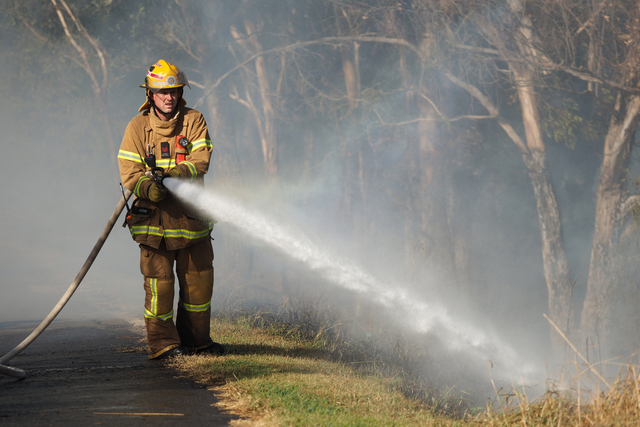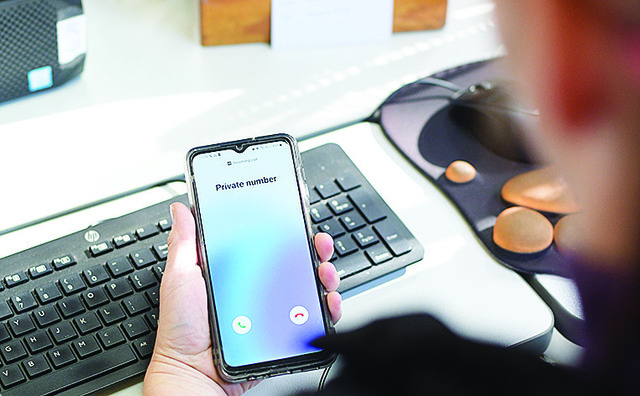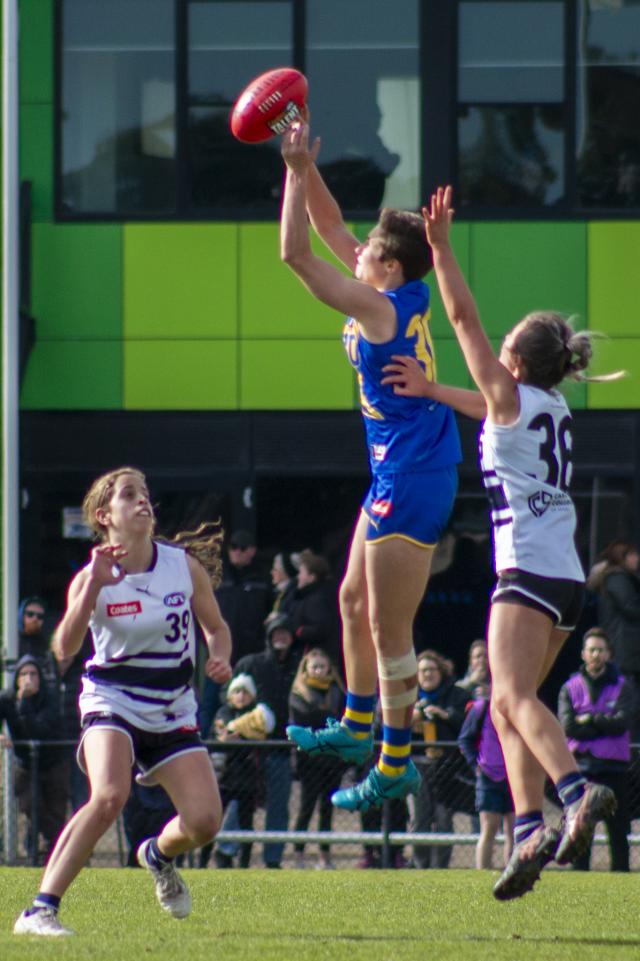Sports Medicine Australia has launched a nationwide campaign to assist coaches, teachers and sport medicine professionals safely manage the 100,000 sport-related concussions in Australia each year.
Concussion is a serious condition that concerns parents and young athletes across Australia.
Schools and community sports clubs across Australia will receive Sport Medicine Australia’s concussion-management poster in the coming weeks.
It is being sent to more than 38,000 schools and community sports clubs across the country.
A year after the launch of the ‘Australian Concussion Guidelines for Youth and Community Sport’, concussion management remains confusing for many Australian parents, coaches and teachers, Sports Medicine Australia CEO Jamie Crain says.
“Concussion is a major issue and it is imperative that all involved in community sport and school sport, especially those in rural, regional and remote areas with no or limited access to team doctors, understand how to manage concussion properly for a safe return to play,” he said.
“The long-term impact of repetitive head trauma is not fully understood, so we must move forward with caution.”
The posters are being mailed to schools and clubs from Monday 10 February 2025.
They will be seen by thousands of teachers, coaches, young people and their parents.
Mr Crain said it is important that fears about concussion don’t prevent children and young people accessing the tremendous social, personal, physical and mental health benefits that sport provides.
“When concussion is managed properly, the benefits of sport to the individual, teams and families far outweigh the risks,” Mr Crain said.
“The poster will help give all involved in or around sport, including parents, coaches, and teachers, the confidence to manage concussion safely.
“It has four easy-to-follow steps, with an emphasis on the health of the athlete and a return-to-play only after the recommended time,” Mr Crain said.
1 Recognise that concussion has occurred and remove the athlete from play
2 Resume light activities on the advice of a healthcare practitioner
3 Review by a healthcare practitioner after athlete is symptom-free for 14 days
4 Return to competition but not before day-21 post-concussion AND the athlete must have remained symptom-free for at least 14 days.
The poster is based on ‘Concussion and Brain Health Position Statement 2024’ and the ‘Australian Concussion Guidelines for Youth and Community Sport’.
Mr Crain said the full-colour A3-size posters should be placed in prominent locations in schools and club houses.
The poster was developed and fully funded by Sports Medicine Australia and developed in a collaboration with the Australian Institute of Sport, the Australasian College of Sport and Exercise Physicians, and the Australian Physiotherapy Association.
“The poster condenses the best contemporary evidence-based information on concussion,” Mr Crain said.
Mr Crain said a government backed national concussion-awareness multi-media campaign would further raise awareness among athletes, coaches and parents about how best to manage concussion.
“At SMA we are aware that our efforts can only go so far. We would be delighted to help state, territory and federal governments deliver a fully resourced concussion awareness campaign to ensure that every young Australian’s health is protected,” Mr Crain said.







